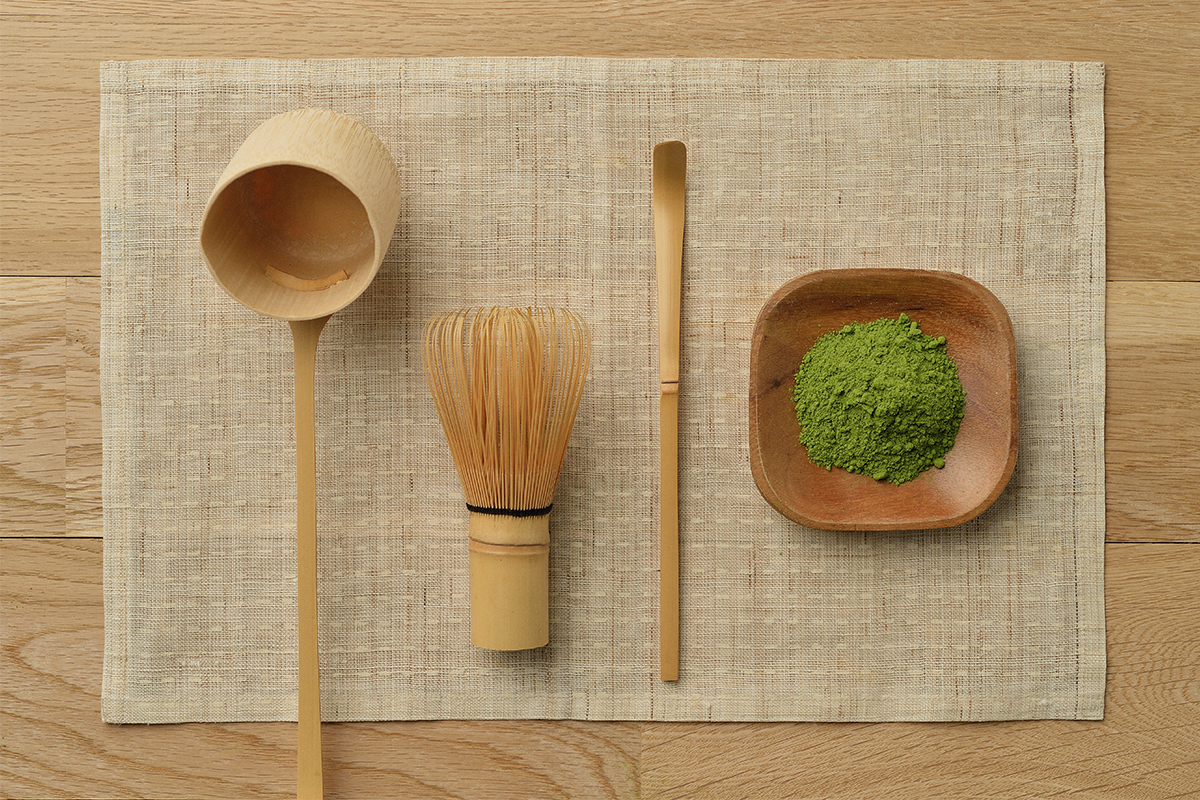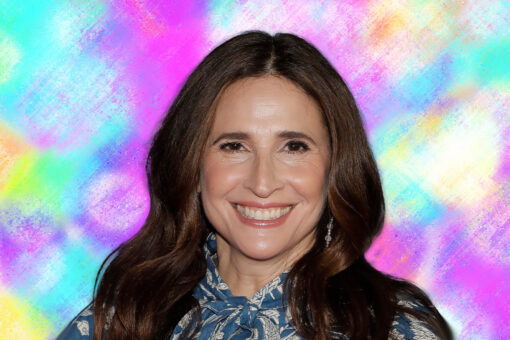Ever since I can remember, I have been searching for a sense of spiritual navigation. My Japanese ancestors were Shinto and Buddhist, and these traditions are so woven into the fabric of Japanese traditions, they have become more cultural than religious or spiritual. For many reasons, these spiritual traditions got lost on its way to my generation. As a young adult, I began seeking spiritual guidance and solace in churches, religious studies classes, and yoga classes, but I longed for something more.
By the time I met my Ashkenazi husband in San Francisco, I had just moved home from a two-year stint in the Japanese countryside, where I naively went thinking I’d find this missing piece of myself. After living in Japan, though, I had come to terms with the fact that I may never fully belong in the country of my birth nor in the country of my ancestors. What I didn’t know is that I’d find the deep sense of belonging I had been searching for in Judaism (much to my very secular, then-boyfriend’s surprise).
Since I’ve often felt that my own heritage was slipping away from me, I recognized my husband’s relationship to his heritage with familiarity. As Japanese Americans and Jewish Americans, we share a history of trauma, and I don’t blame our ancestors for wanting or needing to assimilate. I also knew that if our children were to identify as proudly Jewish one day, it would be up to me. My husband is one of many people whose Jewish education ended with his bar mitzvah, to his great relief. I, on the other hand, dove in head-first and fell in love with Judaism — its teachings, holidays, and my first real spiritual community.
Days before my conversion ceremony, I had an existential crisis of sorts where I worried that by converting to Judaism, my Japanese American heritage might fall to the wayside. I decided I couldn’t proceed with conversion after all, and expressed this in tears to my rabbi, who just looked at me and said, “Why can’t there be room for both?” This moment changed everything for me.
My conversion was just the beginning of my journey. After my honeymoon phase with Judaism was over, I became painfully aware that I was one of very few Jews of Color at the synagogue I call home. I always sat in the back corner, for fear that people were watching me extra closely. I decided to become a bat mitzvah to learn more for myself, but also to ensure that no one would ever see me mess up, proving that I didn’t really belong. I spent two years studying with an incredibly supportive group of students and guides. Like every good rite of passage, I was transformed when I became a bat mitzvah at 33. When I stood on the bimah to deliver my d’var Torah, I stepped into my power and became a leader in my new community.
But still, I wanted to feel that empowered with my Japanese identity as well. It was actually one of my Jewish guides and inspirations, culinary historian Michael Twitty, who helped me realize why. The last chapter of his book, The Cooking Gene, is called “Sankofa.” In an episode of the Mashup Americans podcast, Michael explains that Sankofa is a word and symbol in the Twi language of Ghana, which he translates to, “It is no sin to go to your past and fetch what you need to go to the future in a positive way. The seed for the next generation is rescued from the past.” I’ve listened to this so many times, and the truth of it still sends a chill up my spine every time.
Becoming bat mitzvah (and listening to that quote from Michael Twitty on repeat!) empowered me to reclaim parts of my Japanese and Japanese American heritage. For the past year, I have been studying the art of Japanese tea ceremony. For me, it’s the perfect marriage of culture, philosophy, and artisanship. When my tea teacher taught me how to put on my grandmother’s kimono, I sobbed in my car afterwards. I didn’t realize that learning how to put on a kimono could be both a reclamation and act of resistance in a culture of white supremacy.
Reclaiming and updating traditions is not for the faint of heart. It comes with its fair share of fraud syndrome and disproportionate fear of desecrating our sacred traditions. However, I believe that this is what our ancestors have done from the beginning of time. I know for a fact that this is what my grandmother did when she moved to Hawai’i from Japan, for instance. When the same ingredients weren’t available for a dish, she improvised and those new dishes have become traditions in my family. Every generation makes its mark — that is the beauty of cultural traditions.
I believe that our ancestors used cultural traditions and rituals to heal, mark time, and to celebrate, and I think it’s vital that we carry them forward in a way that resonates with us in our everyday lives. And I believe that as long as you’re honoring their origins, it’s acceptable to take what resonates with you about a tradition and leave what doesn’t, to create something new that will take us forward into the future. Sometimes that looks like taking on traditions from multiple sides of your identity, but I no longer worry that one will outshine the other — I can see now that by holding space for both of my communities, I feel more grounded than ever. I’ve finally found my place, and I hope that by simply showing up and leading by example, I can inspire others to find their place, too.
Header Image: Tools used for a Japanese tea ceremony by Yagi Studio/Getty Images.



